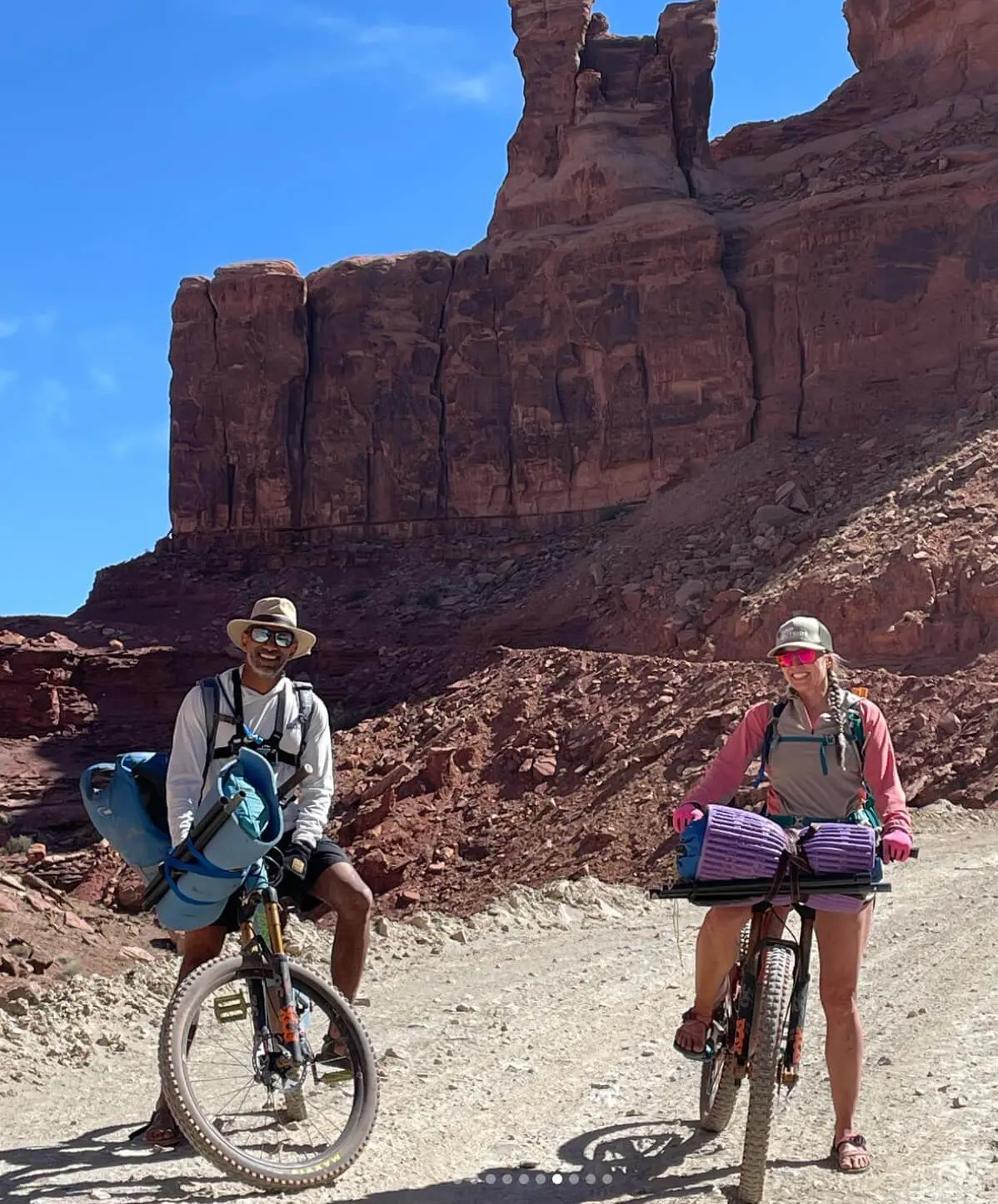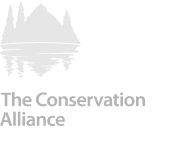Ultimate Guide to Stand Up Paddle Boarding (SUP)
Stand up paddle boarding (SUP) is one of the fastest-growing ways to get outside and on the water – for good reason. It’s easy to learn, an awesome full-body workout, and requires minimal gear (which you can easily rent in many destinations). Plus, you can practice your SUP skills on almost any body of water – from calm lakes and rivers to the ocean’s coastline and secluded bays.
In this beginner’s guide, we’ll break down the basics – from what to wear and how to choose your gear, to the best places in the U.S. to practice your skills. Plus, we’ll connect you with trusted local outfitters with the best insider knowledge as well as SUP gear rentals, guided paddle board tours and SUP lessons. to help you send it safely and confidently.
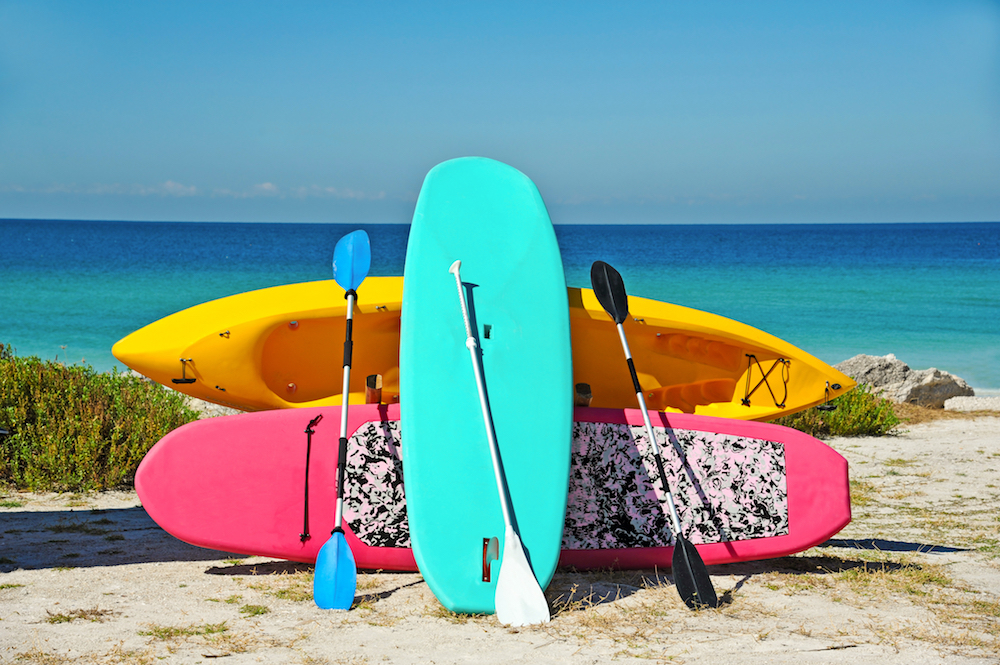
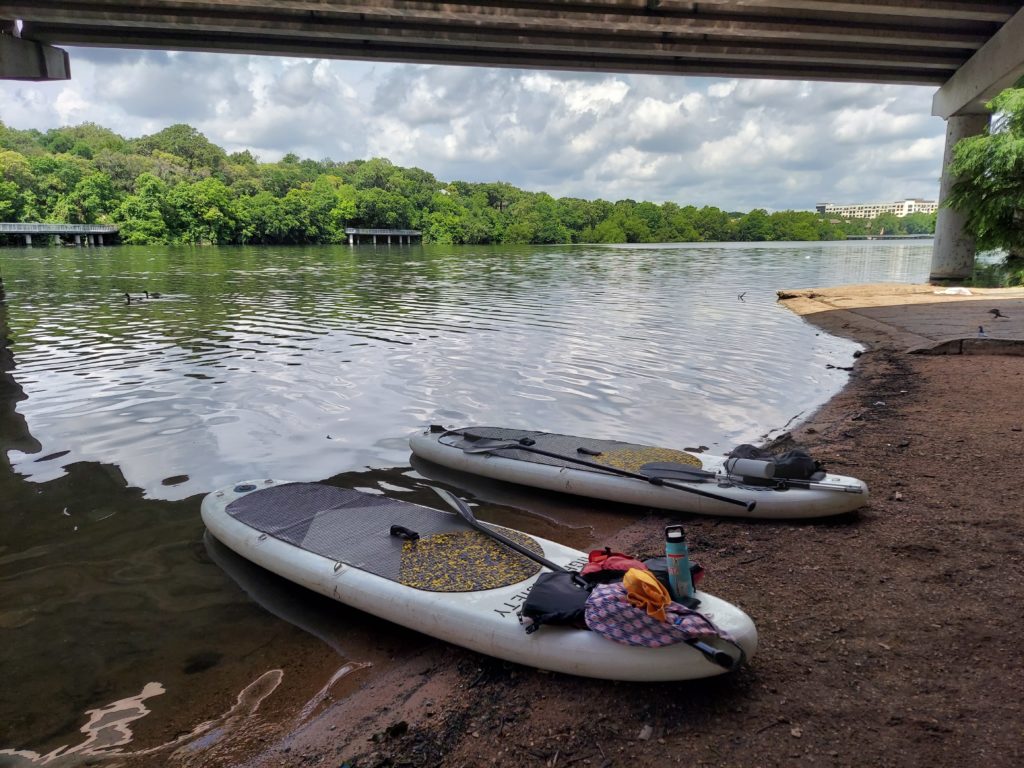
Paddle Boarding Gear
Paddle boards are super easy to transport and a total blast to use. The major perk of a paddleboard over kayaks or canoes is the vantage point you get when you’re standing up. You can scope out so much more, taking in the surrounding sights and seeing down into the water below.
One of the reasons why stand up paddle boarding (SUP) is so popular is because you don’t need a ton of heavy gear. All you really need is three pieces of equipment: the paddle board, a paddle, PFD and an optional leash. SUP boards come in various sizes and weights. Generally, the longer and wider the board, the more stable it is. That makes long, wide boards perfect for beginners. The shorter and more narrow boards are great for surfing and carving waves.
As for the paddle, a SUP paddle is a single-blade paddle that’s adjustable for your height. Here’s a pro tip: stand the paddle vertically with the T grip on top. Extend your arm up to meet the T grip with your wrist. Adjust the paddle until both your wrist and T grip are at the same height. And there you have it, you’re ready to send it!

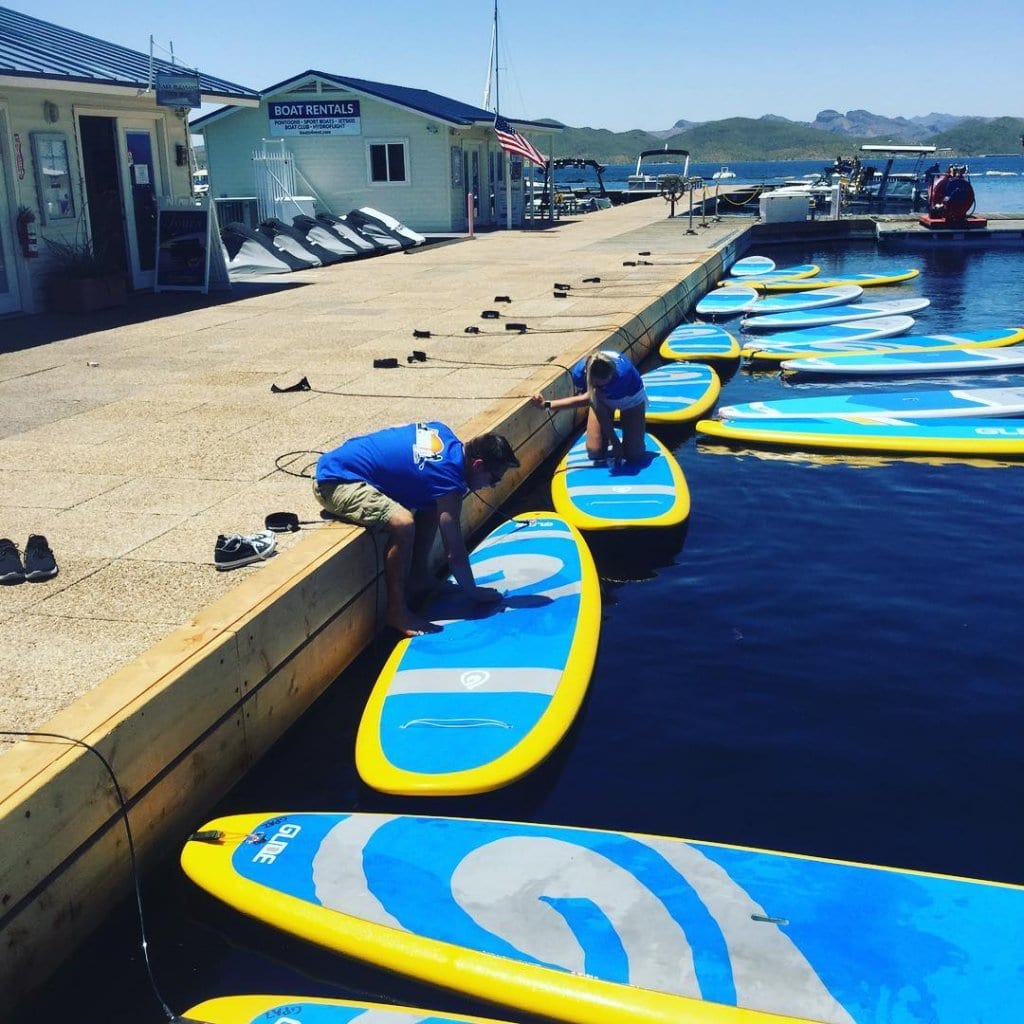
Hard Paddle Boards vs Inflatable
Both hard (composite) SUPs and inflatable SUPs have their advantages.
Inflatable SUPs
Inflatable SUP boards are great for transportability. With an inflatable, you can deflate and carry it in a bag, some even come with a backpack. There is no need for a roof rack nor a large storage space. Inflating only takes around 10 minutes. Additionally, inflatable boards are durable. If you drop it, you won’t damage it. Because of this, inflatable SUP are ideal for white water boarding and rocky rivers.
Composite – Hard Shell SUPs
On the other hand, hard (composite) paddle boards are the best for overall performance. They are designed to catch waves and are great for SUP surfing. Hard paddle boards can be transported with a roof rack and tie down straps. Thus, they are ideal for local trips to your favorite lakes, beaches, and bays. Remember that you will need to have space to store your hard paddle board after use. These hard shell boards are more rigid and don’t flex or ‘give’ as much so they are faster, are better for larger paddlers, or if you have gear that you’d like to carry.
If you are new to stand up paddle boarding, and want to learn how to stand up paddleboard, taking a SUP lesson for your first time is a great start. It’s easy to catch on after you learn the basics from an experienced instructor.
If you are trying to decide how to choose a stand up paddleboard, whether hard or inflatable, and a perfect paddle, one of the best ways to find out what style of SUP and paddle is best for you is to rent a SUP or take a guided SUP tour. This way you can test different boards and paddles, all while practicing your balance and SUP paddling skills.
Other Types of Paddle Boards
Surfing SUPs are typically rented at beach locations like California, Hawaii and Florida which are popular for SUP surfing. SUP surfing, or stand-up paddle boarding surfing, is a mix of surfing and paddle boarding. Here’s the beta: you’ve got a board that’s much larger and more buoyant than your typical surfboard, and you stand up on it right from the get-go. Using a long paddle, you cruise through the water, which makes it a bit different from traditional surfing. Because you’re already standing, you’ve got a better view of incoming waves, making it easier to catch them earlier. SUP surfing is a killer core workout and can be enjoyed on both gentle rollers and bigger surf.
Group SUPs – these are oversize paddle boards that allow 4-8 people to paddle together and have a paddle party! They’re great for team-building, family outings, or just a bunch of friends looking to have an epic time together.
Paddle Board Sizing
Length
- Longer Boards (12-14 feet): These boards are designed for speed and efficiency. They cut through the water and maintain a straight course better, which makes them perfect for long-distance paddling and touring. They’re great if you’re looking to cover more distance or if you’re paddling in straight lines, like across lakes or down long, calm river stretches.
- Shorter Boards (under 10 feet): Shorter paddleboards are more about agility and fun. They’re easier to turn and maneuver, making them ideal for surfing waves or for more playful activities on the water. They’re also easier to handle for beginners in calm waters but can be challenging when trying to paddle straight over longer distances.
Width
- Wider Boards (31 inches or more): The width of the board plays a huge role in stability. Wider boards offer a more stable platform, which is especially helpful for beginners, larger paddlers, or when you’re doing activities like yoga on your board. They can feel a bit slower and bulkier but are less likely to tip over.
- Narrower Boards (29-30 inches): These are typically faster and offer more streamlined paddling. They’re better for more experienced paddlers who are looking for performance and speed in their paddleboarding. They can be a bit trickier to balance on, especially for newbies or in choppy water.
Thickness and Volume
- Volume: This tells you how much weight a board can support. A higher volume means more buoyancy, which can support more weight without sinking too deep into the water. This is crucial if you’re carrying gear or if a larger paddler is using the board.
- Thickness: Standard boards are usually about 4-6 inches thick. Thicker boards provide more buoyancy and are more rigid, which is beneficial for stability and carrying capacity.
When choosing a paddleboard, think about where you’ll be using it (ocean, lake, river), your experience level, and what kind of paddling you plan to do. Matching the board size and type to your intended use and conditions will make your time on the water way more enjoyable!
What to Wear Paddle Boarding
Depending on the destination and weather conditions, your paddle boarding clothes and footwear will be different.
- Having a PFD on the board with you is an important safety measure, and required in some places.
- Some people choose to wear foot protection in the form of a water shoe or sock, and some prefer to go barefoot on the board.
- Most paddle boarders choose to lather up with SPF sunscreen and a hat.
- For sun protection as well as warmth, many paddlers choose to wear a long-sleeve rash guard. Of course, since you will be on the water, you can opt to wear your swimsuit or dry-wicking clothing.
- Lastly, a waterproof dry bag is always helpful to bring water, snacks, towel and other necessities.
Paddle Boarding Accessories
As with any sport, you have the necessary equipment and then the accessories that enhance the experience. Almost all of us like to bring our phones and cameras with us on adventures. Whether for communication or to snag the perfect Instagram shot, you want your phone or camera close. To keep your technology dry and safe, the best accessory is a drysack or waterproof phone case. You can choose from a small bag that attaches to your SUP or a backpack that you wear.
Where to Paddle Board – Best US Destinations for SUP
Our stand up paddle boarding guide wouldn’t be complete without helping you decide where to go. From Hawaii to Maine, TripOutside has many more spectacular SUP destinations to choose from.
There are some fantastic places for SUP in the US – here are some of our favorites! For more inspiration, check out our article detailing our ultimate bucket list of the most stunning SUP destinations.

Stand Up Paddle Boarding in Oahu, Hawai‘i
For some of the best ocean SUP sessions with a dose of aloha, head on over to Oahu. You can choose to stand up paddle board right in Waikiki with views of Diamond Head or head to the North Shore for more gorgeous, warm water and lots of marine life. Don’t forget to grab local grub (aka grindz) pre and post paddle. Recommended dishes include poke bowl (ahi tuna and rice bowl), fish tacos, malasadas (pudding filled donuts), shaved ice (Hawaii’s version of a snow cone), and spam musubi.

Charleston, South Carolina
In South Carolina’s Low Country, you can get up close and personal with wildlife. From dolphins to otters and countless birds, an adventure via SUP is priceless. For pristine paddle boarding in swamps, marshes and rivers, it doesn’t get much better than around Charleston. Plus, there are plenty of TripOutside’s vetted outfitters to choose from.
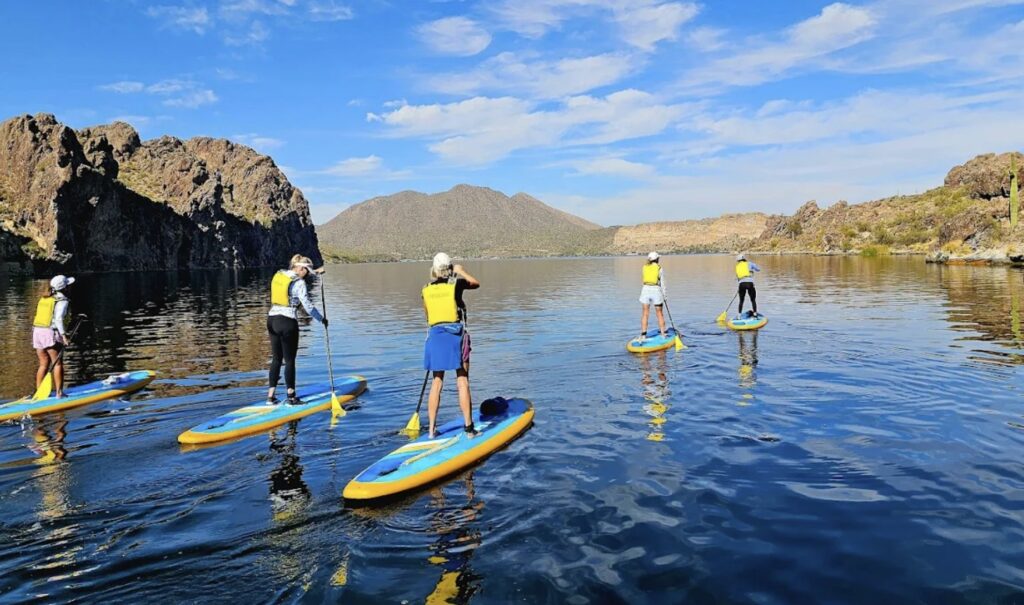
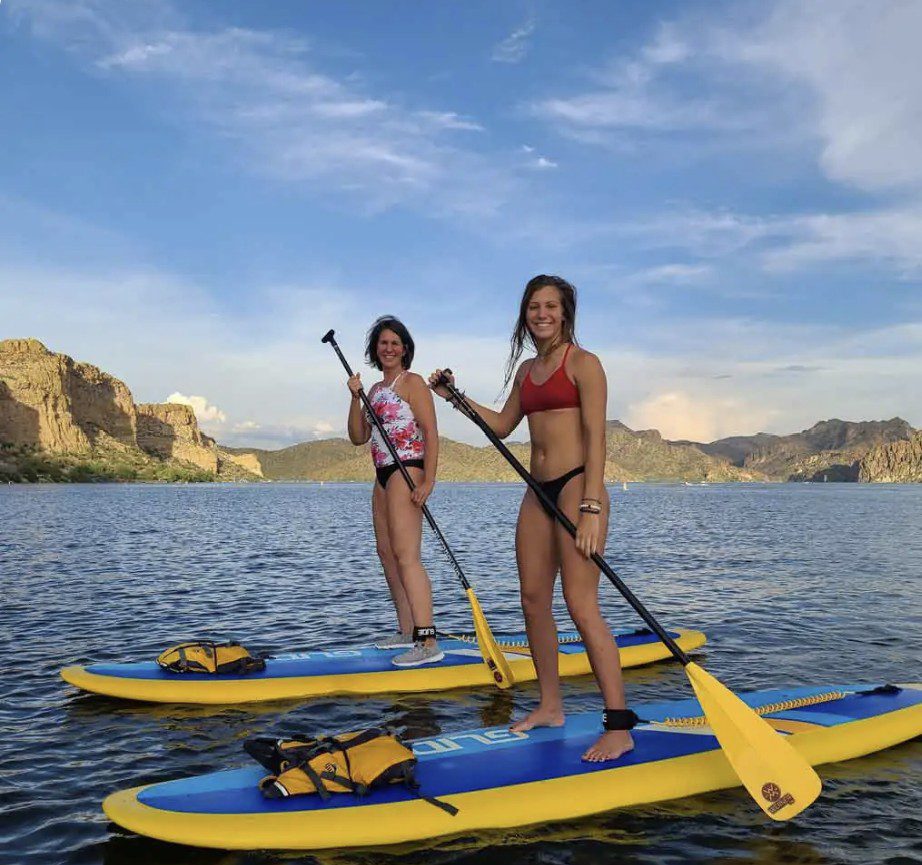
Phoenix, Arizona
Paddleboarding in Phoenix is the perfect way to cool off and connect with nature – the desert can get hot! With year-round sunshine and mellow waterways like Tempe Town Lake and Saguaro Lake, it’s an ideal spot for beginners and seasoned paddlers alike. You can choose to rent a SUP for a solo cruise, take a small-group lesson, or join a guided paddle at sunrise. Phoenix offers easy access to stunning desert landscapes and epic paddling spots – just minutes from the city. Plus, many rentals are dog- and kid-friendly, so the whole crew can join in on the fun.
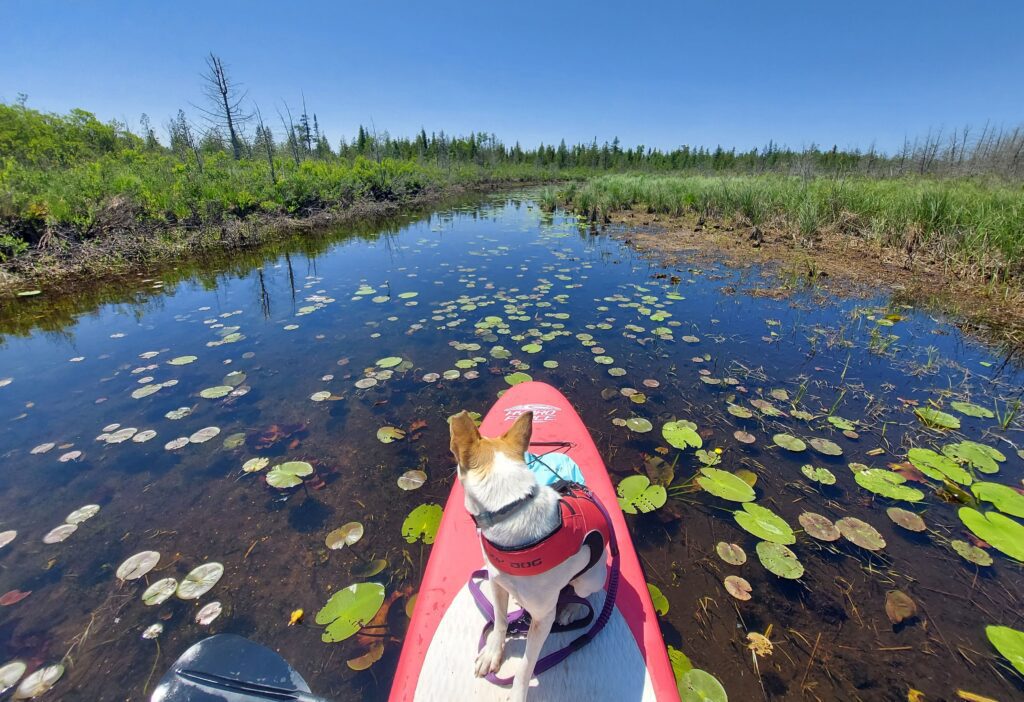
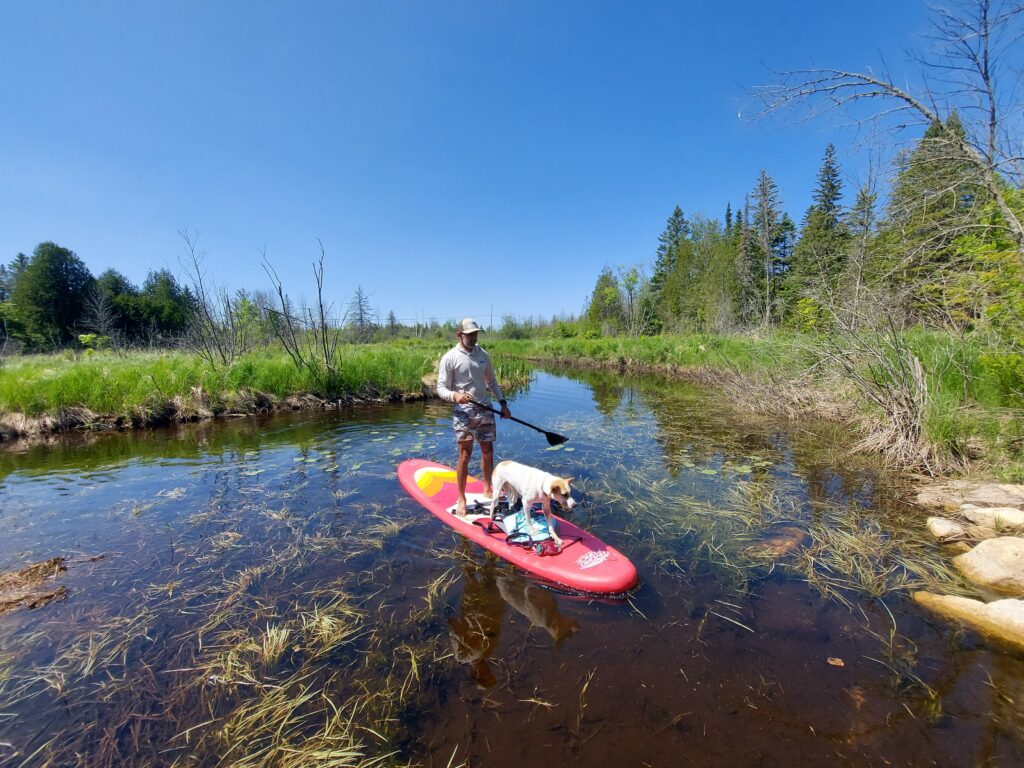
Door Country, Wisconsin
With over three-hundred miles of Lake Michigan shoreline, Door County in northeastern Wisconsin has countless great paddle locations. Choose from Pebble Beach in Sister Bay, Schoolhouse Beach on Washington Island, or Kangaroo Lake. Discover the best Door County SUP rentals and guided tours complete with caves, bluffs and lighthouses.
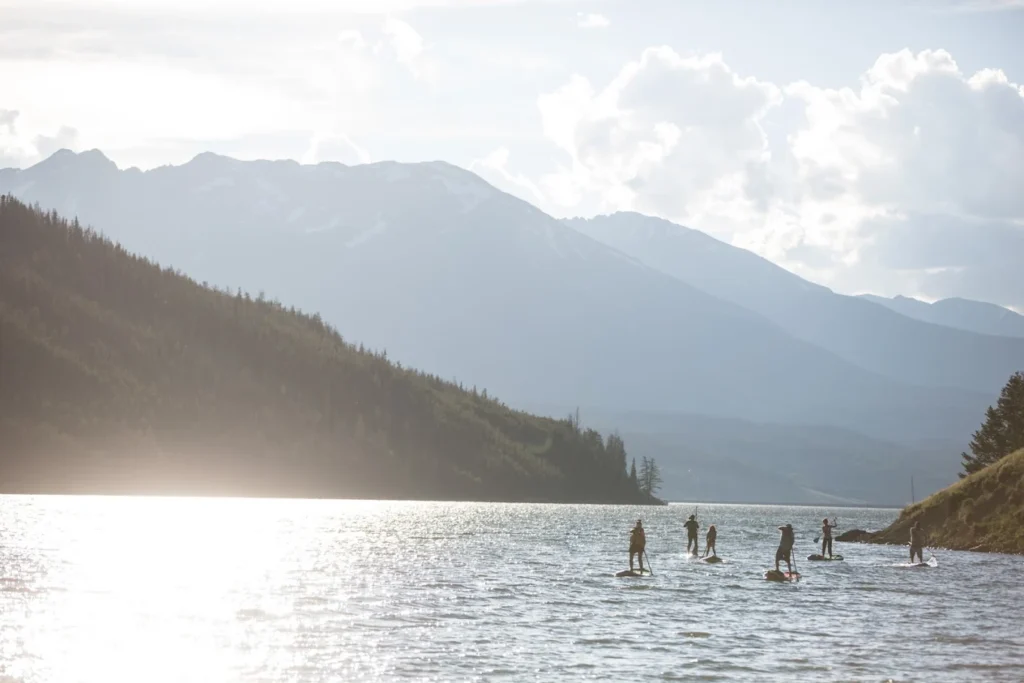
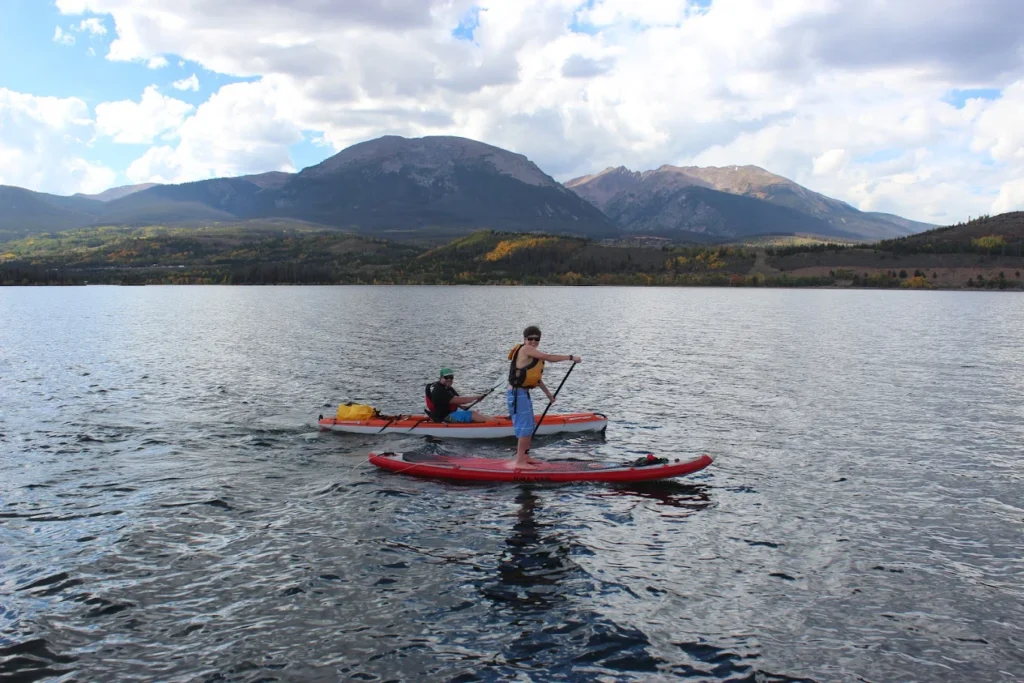
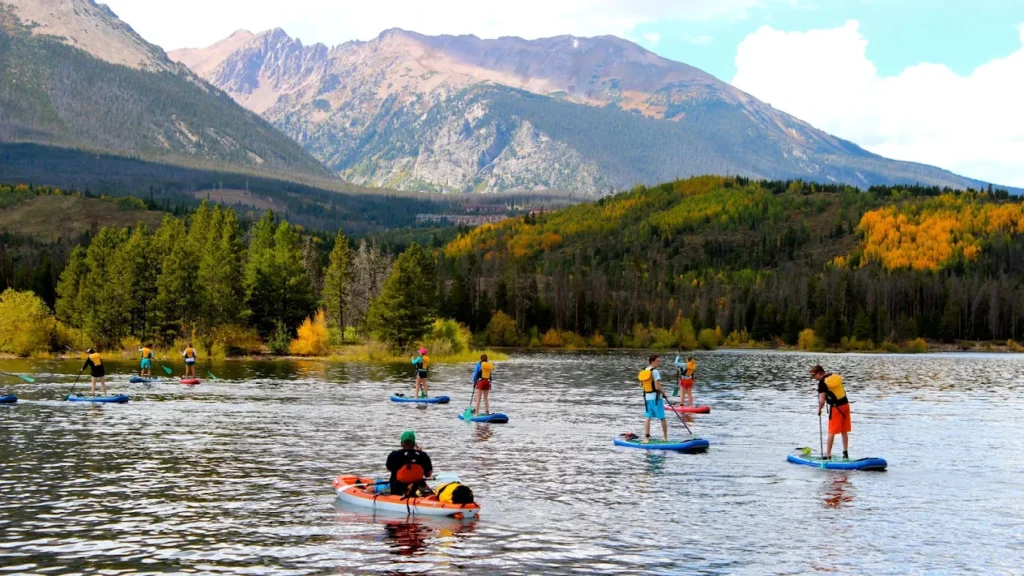
Dillon, Colorado
Can’t choose whether you want to escape to the mountains or to the water? Well, you can do both if you pick Dillon, Colorado. Stand up paddle boarding on Dillon Reservoir is a perfect combination of alpine lake mixed with the dramatic backdrop of the Rocky Mountains. Locals recommend bringing your camera for the countless picture opportunities on Lake Dillon.
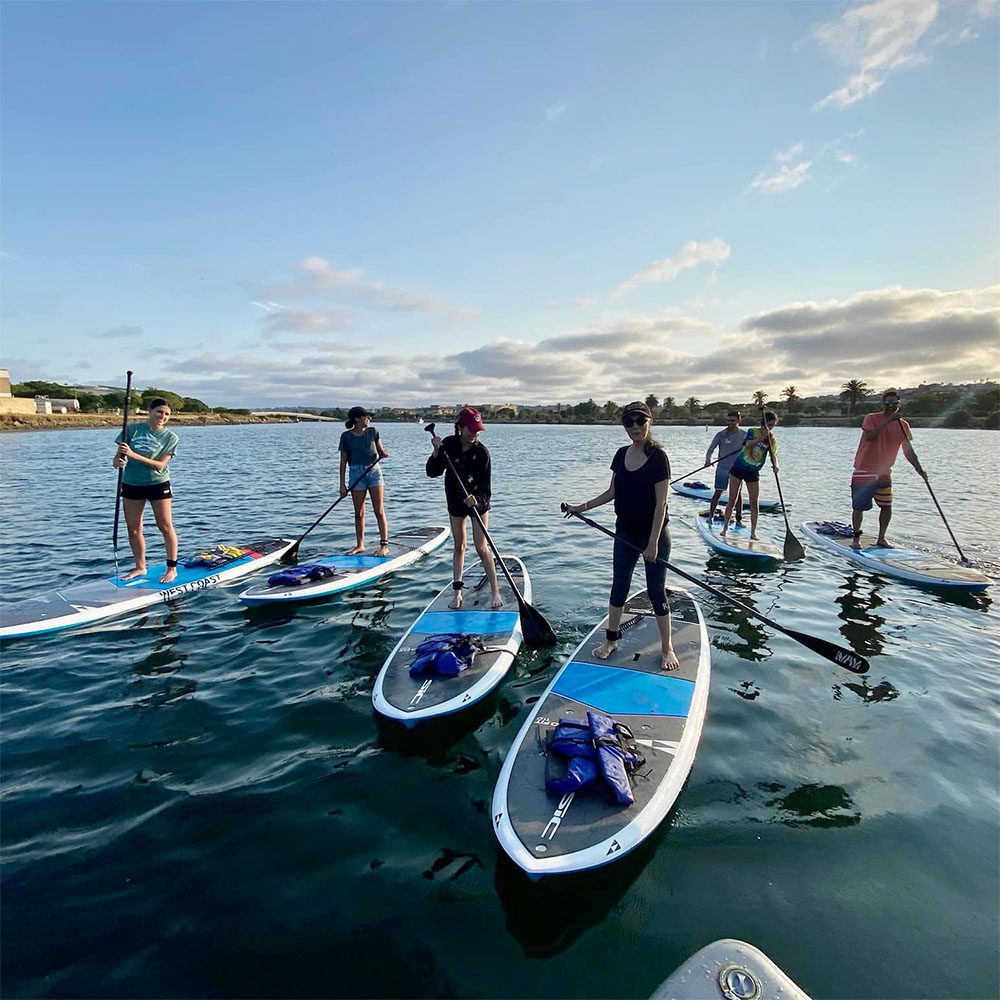
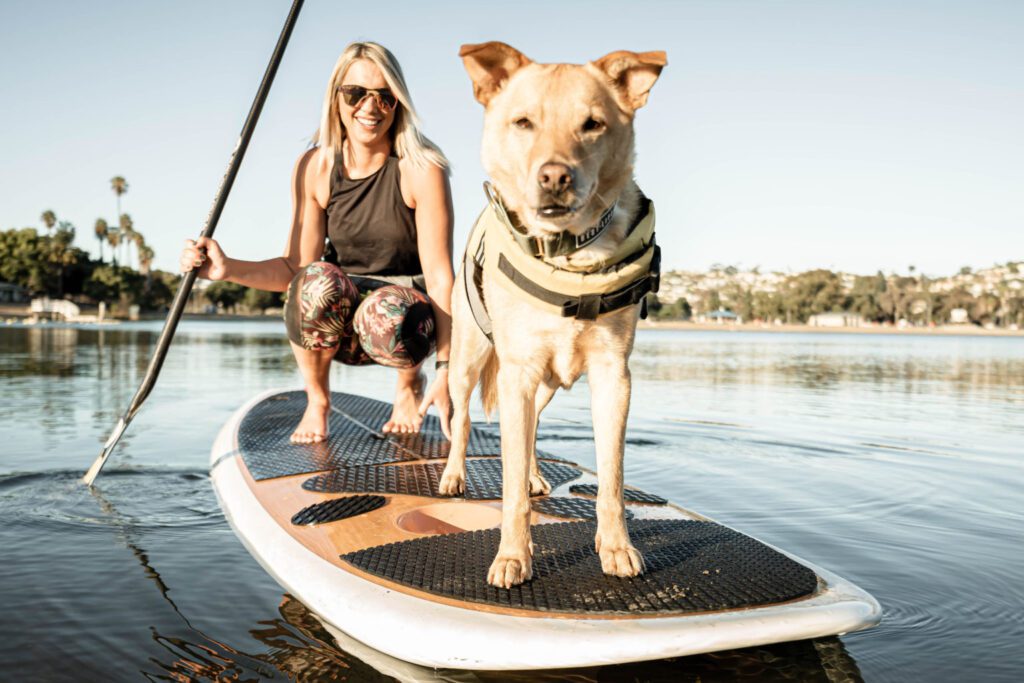
San Diego, California
With a variety of stand up paddle boarding opportunities, San Diego has it all from beginner to advanced routes. The perfect starting point for your San Diego paddling experience is in Mission Bay. It is ten minutes from downtown with minimal wind and plenty of spots for putting in your gear. For the best insider’s knowledge and gear rental, head check out our recommended and trusted local outfitters.
Leave No Trace While You Paddleboard
One of the best parts about stand up paddle boarding is how close it brings you to nature – and that comes with a responsibility to keep it wild for the next paddler, and the wildlife that call these places home. Stick to these simple Leave No Trace principles on the water:
- Pack it in, pack it out. Even small bits of trash (yes, even fruit peels) don’t belong in nature. Bring a dry bag for any waste.
- Avoid wildlife disturbances. Give birds, fish, and marine mammals plenty of space. Keep your distance and avoid chasing or crowding them.
- Use eco-friendly sunscreen. Reef-safe and biodegradable options help protect water ecosystems.
- Launch responsibly. Use designated launch areas where possible to avoid trampling shoreline vegetation.
- Clean your gear. Rinse off your board and paddle between different bodies of water to avoid spreading invasive species.
Paddling with care helps protect the places we love, so future generations can enjoy that same epic view from a board.
Ready and Excited to Power Your Next Outdoor Escape?
After scoring our top SUP tips and vetted outfitter recommendations for the best U.S. paddle boarding spots, isn’t it time to power your next adventure on a SUP? We definitely think so. Carve out some time for a much-needed liquid road trip! Live life one paddle at a time.
Happy Paddle Boarding!
Post contributed by Author and Adventurer, Heidi Siefkas. Her favorite SUP destinations listed above are in Hawaii as well as Door County, Wisconsin.


